Protection from Vaccines
- By Healthy Living Liberty Lake
- •
- 22 Sep, 2017
- •

I have discussed in a previous article how two whistle-blowers that left the CDC have confessed that they were made to lie about the association between the MMR vaccine and the development of autism. By November 2001, the CDC knew that they younger the age you are exposed to the MMR vaccine, the more likely you are to develop autism. Yet in 2004, they published what we now find out are fraudulent results, claiming the MMR was “safe.” And a 2002 study in Denmark showed the rate of autism increased eightfold since the MMR was introduced.
In my own practice I have seen parents who, tragically, had a perfectly normal, lovable child until the MMR was given. Then the regression occurred, sometimes dramatically in speech, motor skills, and overall development. It is no doubt that the MMR vaccine is unique among all other vaccines in its potential to induce the signs and symptoms and ultimate diagnosis of autism.
Now, is it the only cause? No! Autism and autism spectrum disorder, or ASD, are extremely complicated disorders, with multiple potential variables and causes. I don’t want my readers to come away from this article with the thought that the MMR is the only cause of autism.
It is only in children that are vulnerable to the disease that the MMR may cause a problem. How do you know if your child is at risk? Often it is impossible to tell, but there are some signs to look for. First, if your child has the second toe longer than the first toe, this implies a genetic defect in methylation, or MTHFR. This can be easily tested with a swab of the cheeks, but if the second toe is longer, then your child has this very common defect. It occurs in 40% of the population – I have it myself. People with the MTHFR defect tend to have lower B vitamins, and require a methylated form of the Bs – such as methyl-folate and methyl-cobalamin (B12). For children, we use a supplement called methyl factors, that has this specific type of Bs, plus other methylation support. Without the correct amount of B vitamins, children will not learn as quickly and can have speech impairments.
If you have had one child with ASD, then your second child is at much higher risk. I would delay the MMR vaccine until age five in this case to allow their immune system to mature, and also protect him/her with the following:
- Vitamin A provides protection from the measles, and has been shown
to reduce death in measles sufferers – even the WHO is giving vitamin A to
those with the measles. Giving vitamin A with the MMR has also been shown to
reduce the risk of developing ASD from the vaccine. Give 10,000 units the day
before, the day of, and the day after the vaccine. Children with autism often
have a genetic deficiency of vitamin A, which can lead to difficulty seeing at
night.
- Vitamin C, between 3000-5000 mg, the day before, the day of, and the day after the vaccination. Vitamin C helps to bind and eliminate the heavy metals found in all vaccines. Children with defects in MTHFR and with autism have difficulty clearing toxins and heavy metals.
Before giving a second MMR, have your doctor check titers to see if they really need it. 95% of kids are immune after the first dose of MMR, and do not need a second. however, if your child had any symptoms of autism that developed after the first MMR, do not give any subsequent MMR vaccines, ever!
Delay vaccines, especially the MMR, within six months of antibiotics. The strength of the gut is compromised by antibiotics, and the gut is 80% of the immune system. Autistic children often have gut and bowel disorders, and antibiotics only worsen these symptoms. Give quality probiotics daily to help boost overall immunity.
Autism is a tragic disease, but is treatable. These children are physically ill, immunosuppressed with a chronic autoimmune disorder after affecting multiple organ systems. Funding to look at the etiology of autism, to identify children at risk, to develop safe vaccines, and to prevent this disorder is imperative. For more information, read a book by Dr. Kenneth Bock, titled “Autism ADHD, Allergies and Asthma, the 4 A Disorders.”
By Dr. Susan Ashley, M.D.

By Dr. Susan Ashley, MD

By Dr. Susan Ashley, MD

Opiates taken long term also leads to a reduced pain threshold, meaning a person on them will feel pain at a much earlier level than someone else.
There's a lot of interest now in using cannabis to reduce chronic pain, and studies have shown they can be quite effective for neuropathy, migraines, spasticity and joint pain.
However, it doesn't always work, and now a new study shows why.
Then at the end of the 4 years, the people who used cannabis for pain had greater pain severity scores They also found that the meds and other remedies taken for pain were less likely to be effective. In addition, they had greater generalized anxiety disorder severity scores. The bottom line-- the cannabis users were not able to decrease the use of narcotics. Why?
Because of the well known fact that chronic narcotic use decreases pain threshold. In fact in some people the threshold becomes so low that even minor pains can seem intolerable. In essence, the narcotics cancel the pain relieving effects of the cannabis.
Chronic opiates should be avoided as much as possible in chronic pain. Tolerance develops quickly, addiction can occur, and pain threshold is lowered. If you have chronic pain, use other modalities first to try to alleviate the pain. This includes cannabis, acupuncture, anti-inflammatory drugs, weight loss, energy medicine, and stem cells. We have used IV stem cells for reduction of neuropathy pain with good effects.
By Dr. Susan Ashley, MD
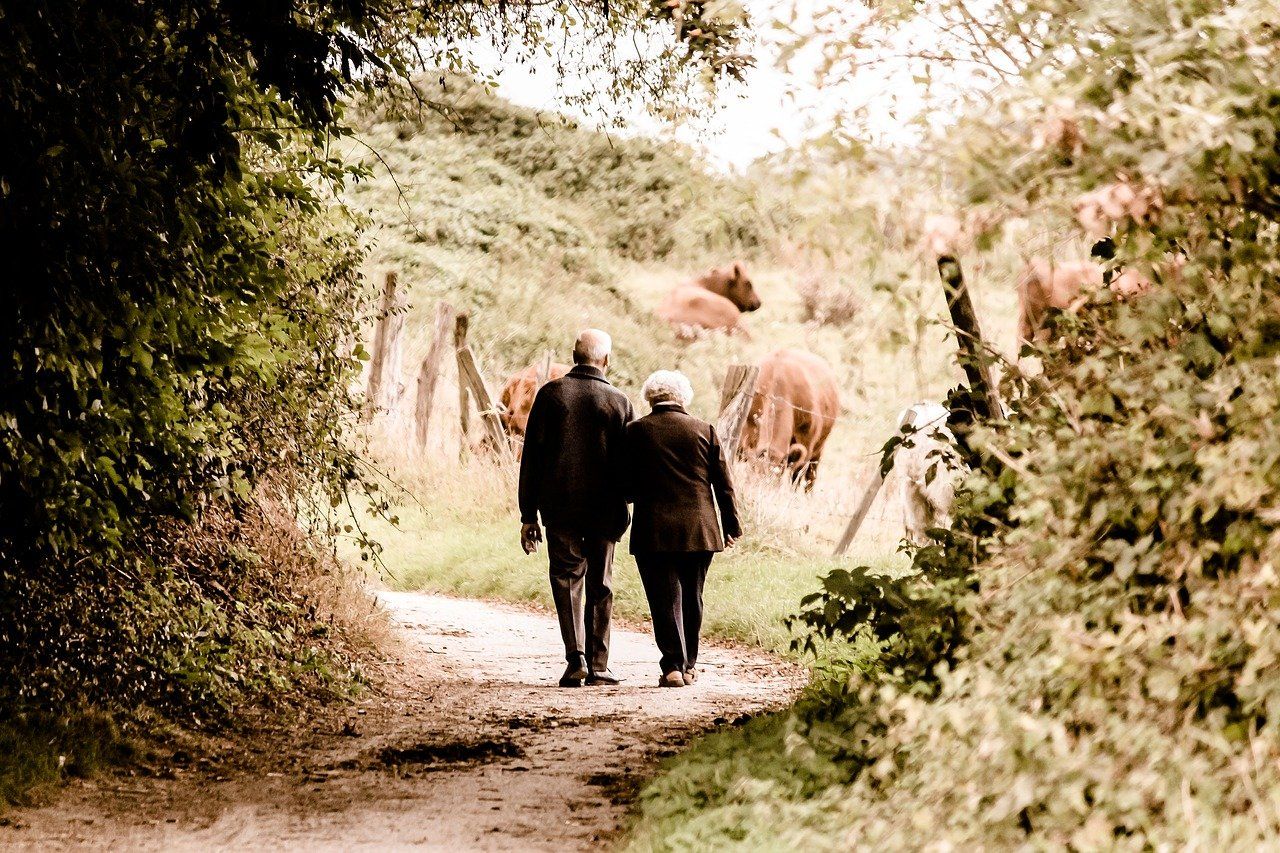
Not only that, but those who walked at a fast pace reduced their risk of death even further, by 24 percent.
All it took was putting one foot in front of the other a little more quickly!
And when the researchers zeroed in on cardiovascular disease deaths among participants over age 60, the results were even more striking.
Compared to the slowest walkers, average-paced walkers slashed their risk of dying from cardiovascular disease by 46 percent -- and the fast-paced walkers slashed it by a whopping 53 percent.
Now, the study didn't determine exactly how walking at a faster pace can add years to your life. And how fast do you have to walk just to hit the "average" mark? How brisk is brisk?
In the study, a "fast" pace was defined as one that makes you slightly out of breath or sweaty when sustained. That could vary depending on how much you weigh, how much sleep you got, how much you ate earlier in the day, etc. So there was no exact speed such as 3 mph or 4 mph.
By Dr. Susan Ashley, MD
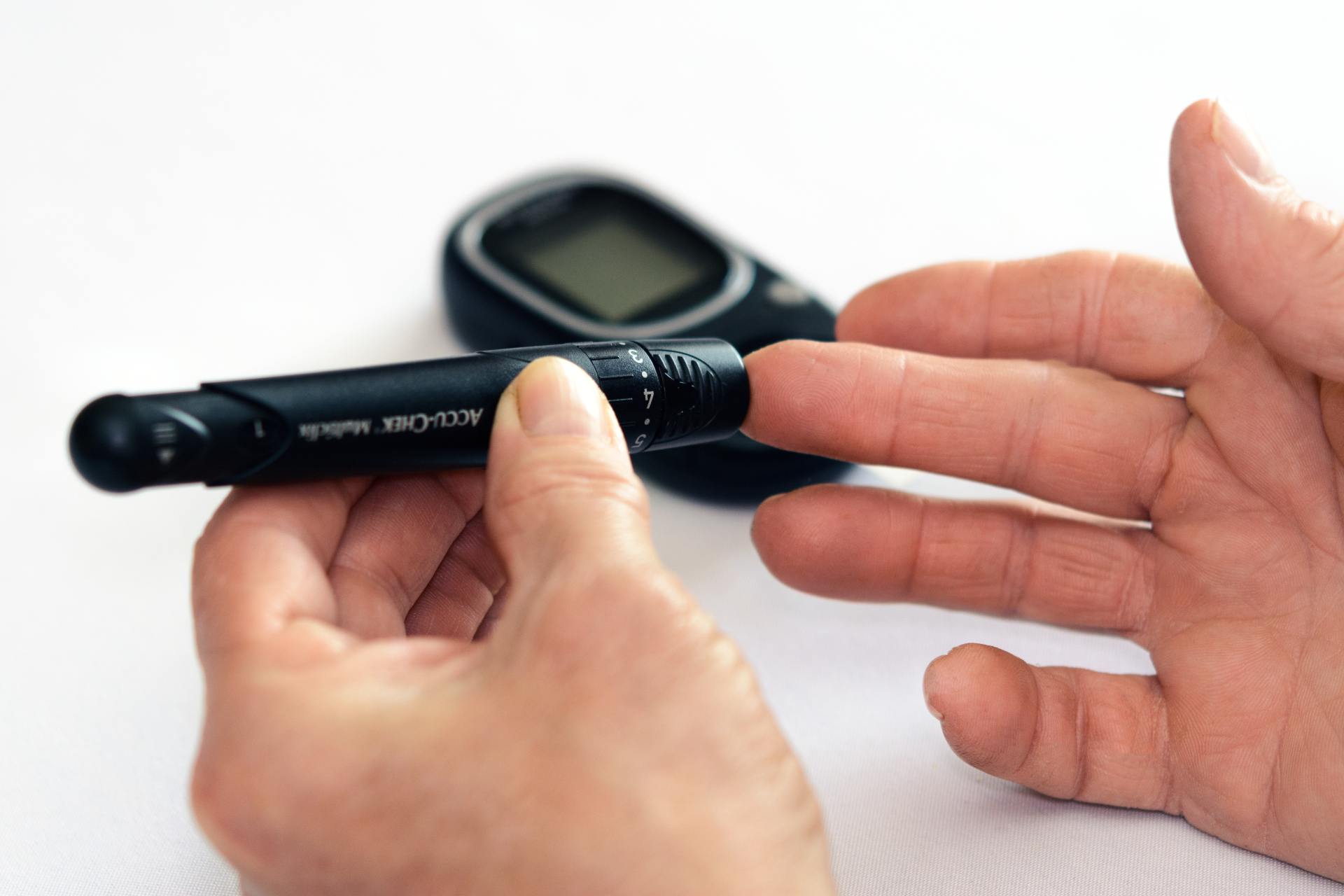
By Dr. Susan Ashley, MD
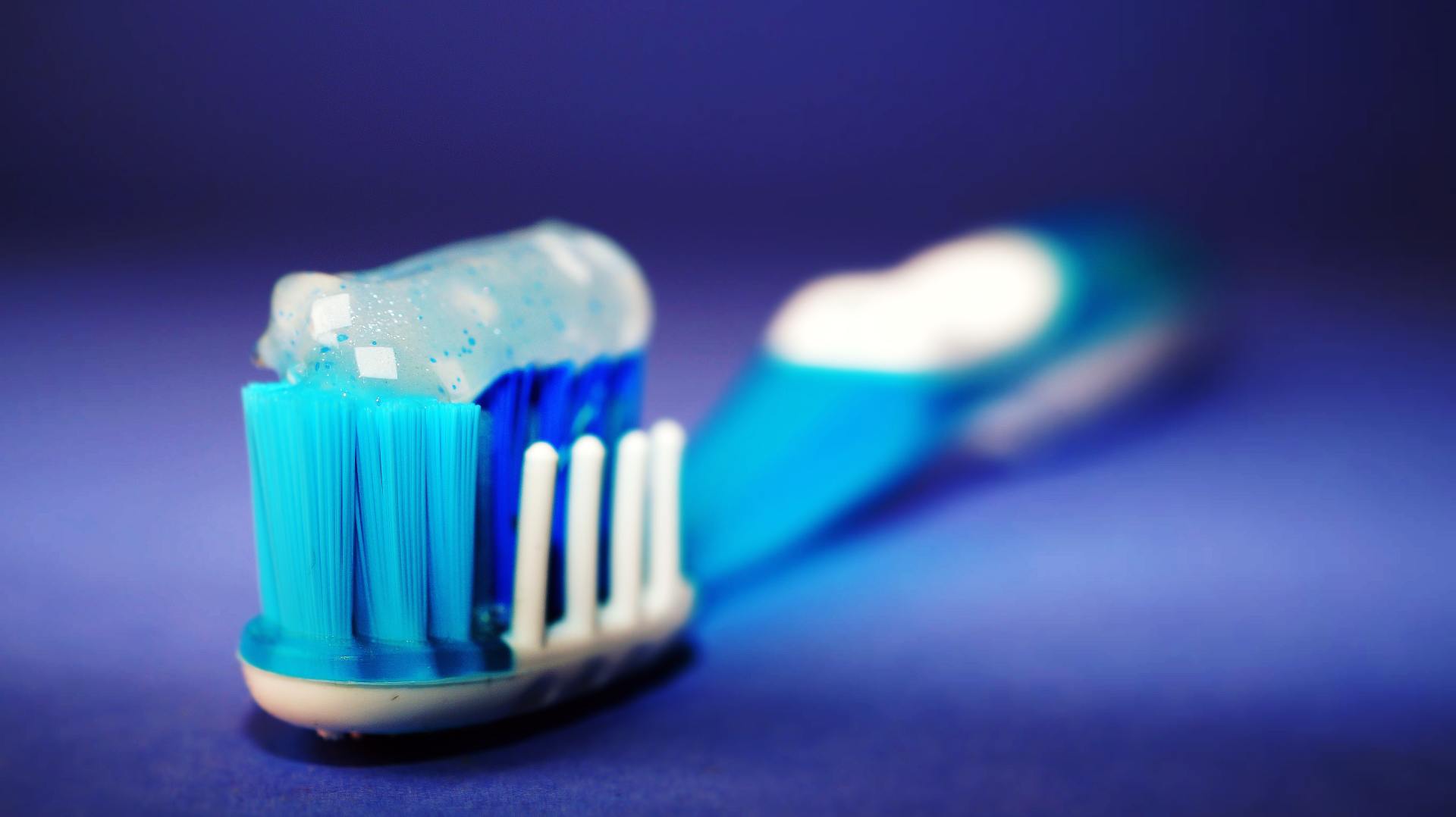
Side effects of triclosan include:
- About 1/2 cup coconut oil
- 2-3 Tablespoons of baking soda
- 2 small packets of stevia powder
- 15-20 drops of peppermint or cinnamon essential oil
- 10 drops myrrh extract (optional)
Natural Toothpaste Instructions
- Melt or slightly soften coconut oil.
- Mix in other ingredients and stir well. If using semi-hard coconut oil, use a fork, if not, use a spoon. If you are using completely melted coconut oil, you will need to stir several times while the mixture cools to keep the baking soda incorporated.
- Put mixture into small glass jar (I make different ones for each family member)
- Let cool completely.
- To use: dip toothbrush in and scrape small amount onto bristles. Could also use a small spoon to put on toothbrush.
By Dr. Susan Ashley, MD

By Dr. Susan Ashley, MD

By Dr. Susan Ashley, MD
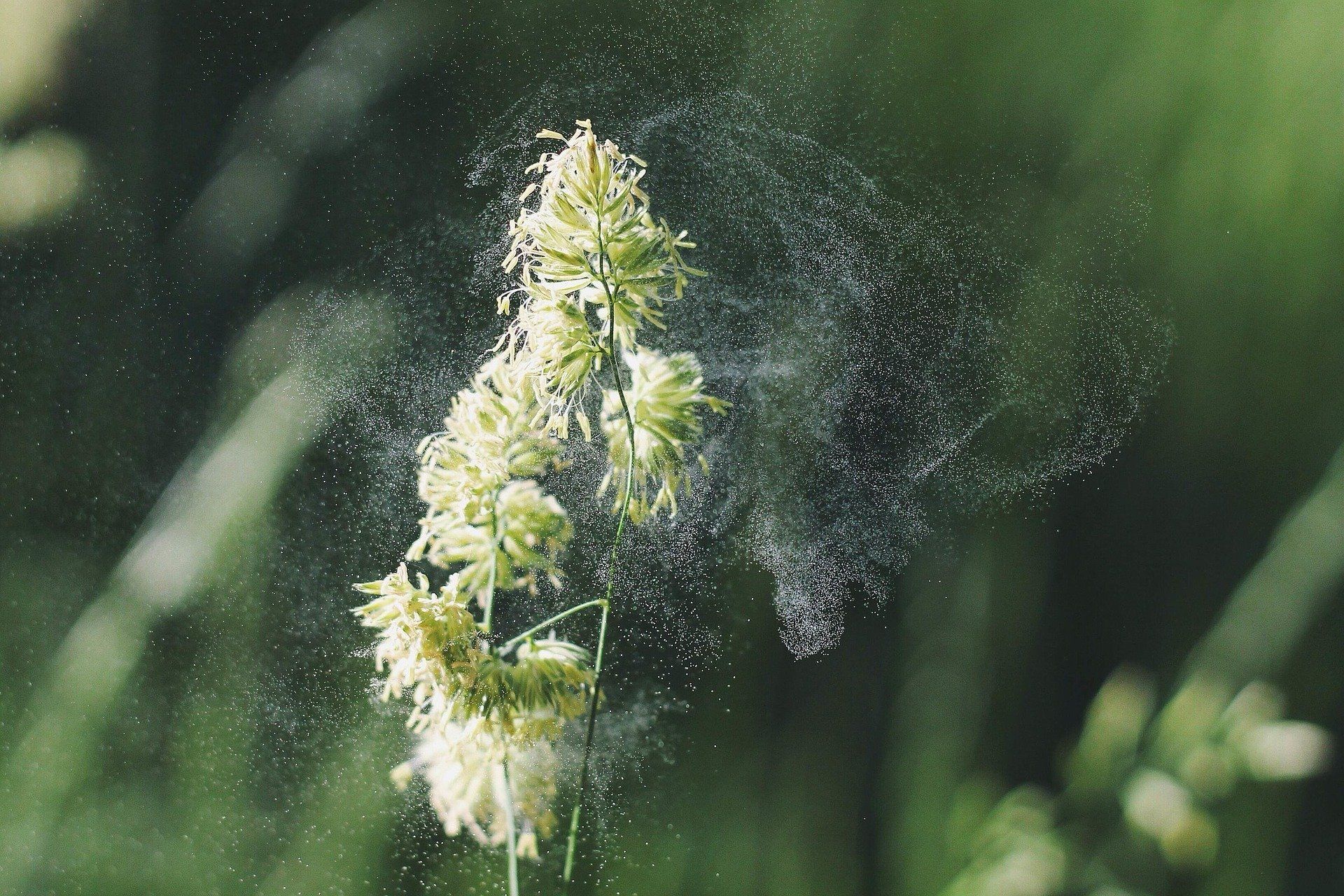
By Dr. Susan Ashley, MD
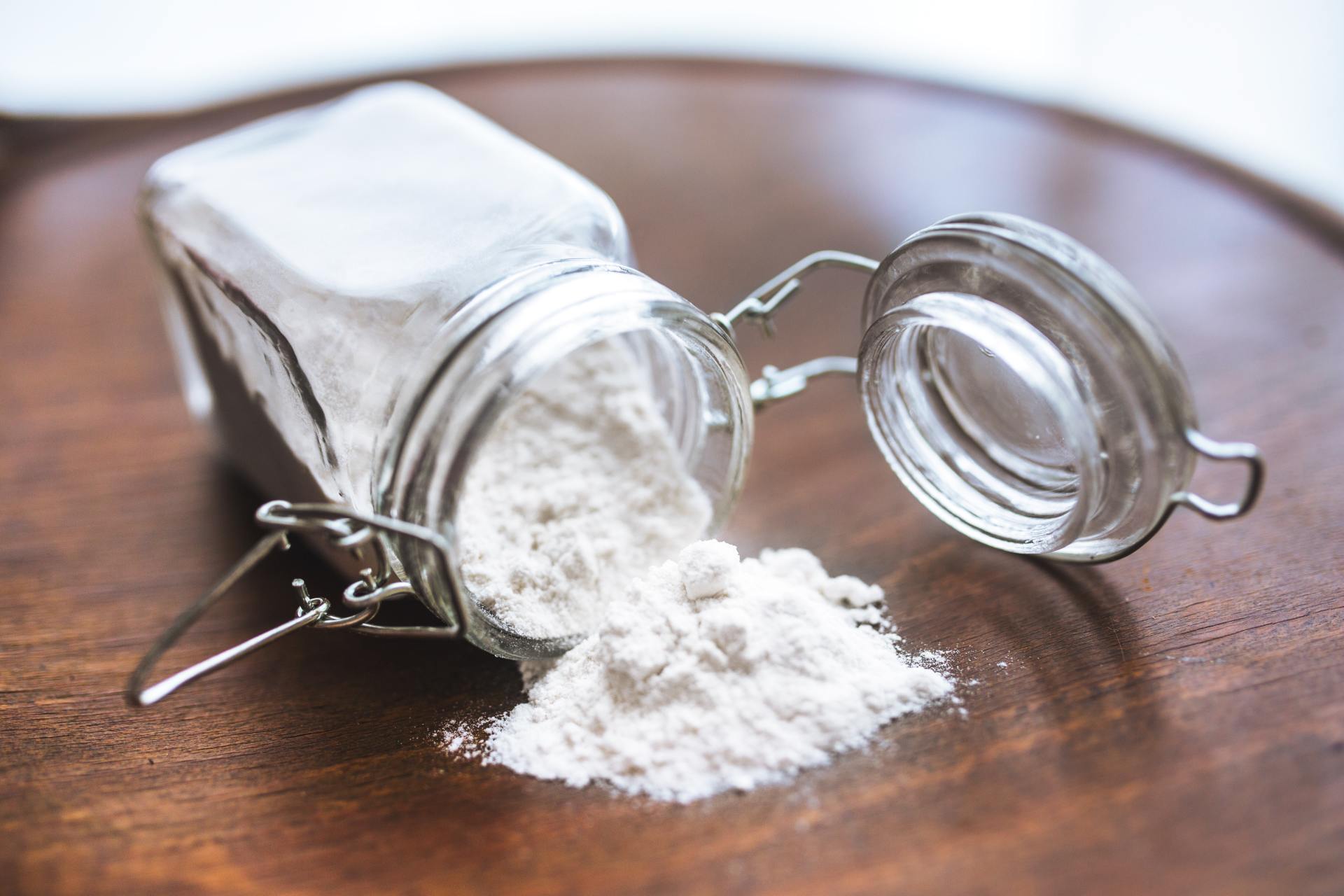
By Dr. Susan Ashley, MD
